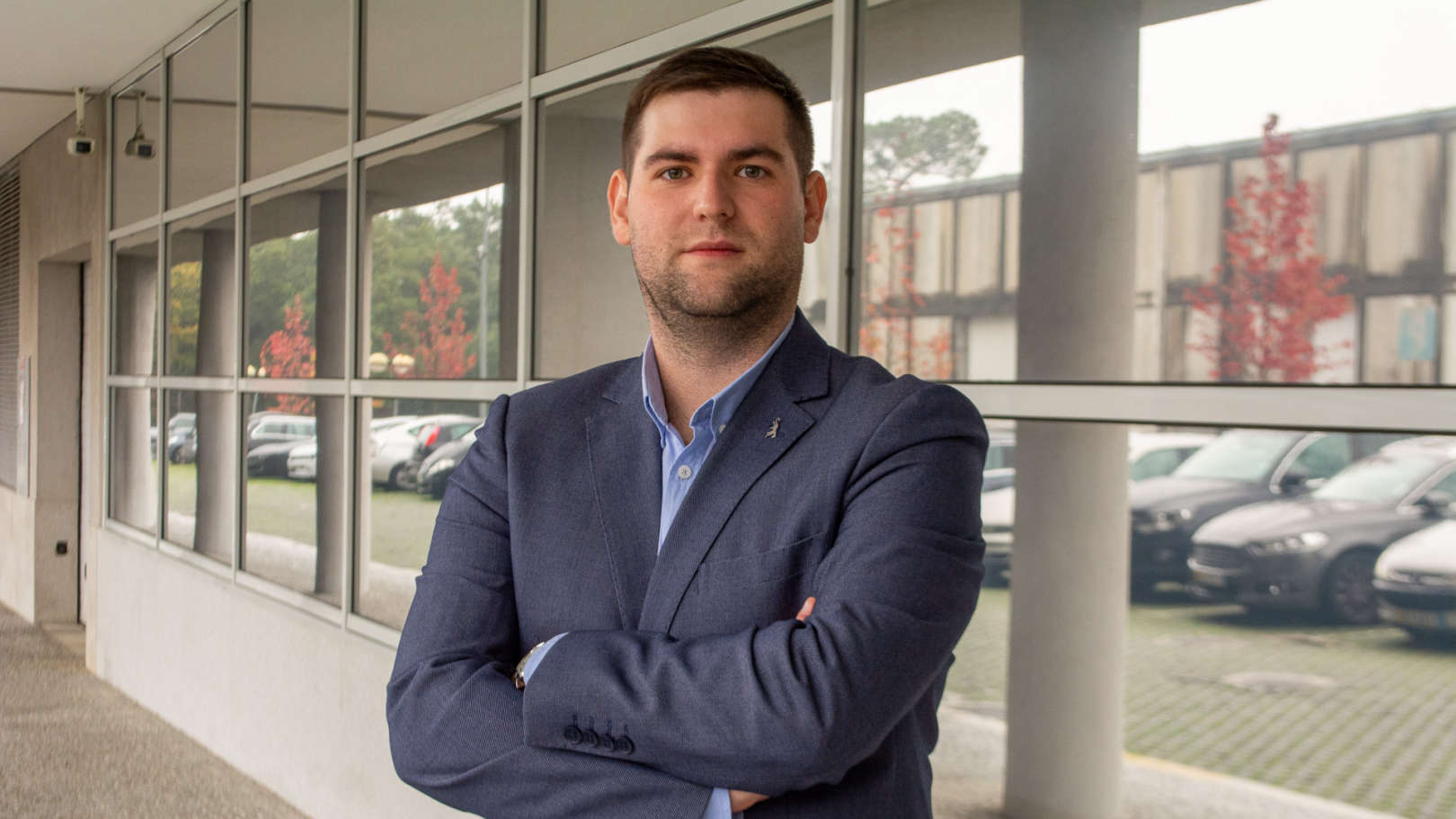Sobre
André Oliveira recebeu o grau de Mestre em Engenharia Electrotécnica e de Computadores pela Faculdade de Engenharia da Universidade do Porto em 2019. Juntou-se em 2019 ao Centro de Sistemas de Energia do INESC TEC, centrando principalmente o seu trabalho nos mercados grossistas de electricidade, e mais precisamente na utilização do CEVESA, um simulador de mercado Ibérico (MIBEL), em coordenação com a Universidade Pontifícia de Comillas, Madrid. Actualmente, está inscrito no Programa de Doutoramento em Sistemas Sustentáveis de Energia (MIT Portugal) na FEUP, estando a maior parte da sua investigação centrada nos mercados de electricidade.


